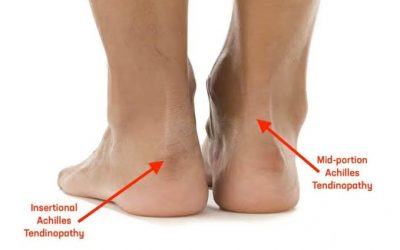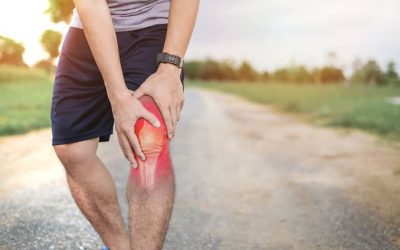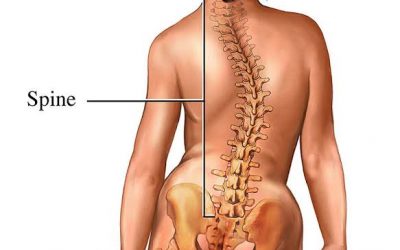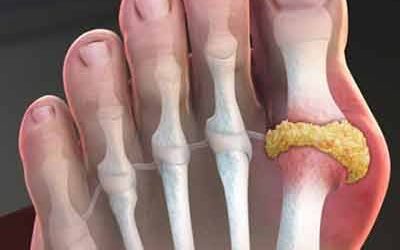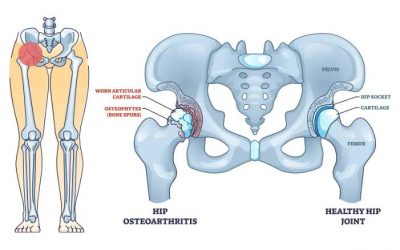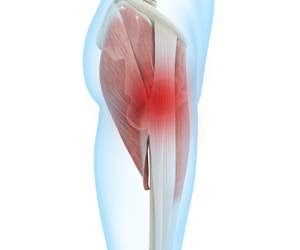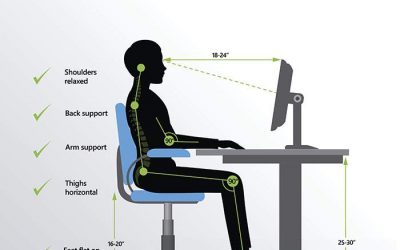Migraine
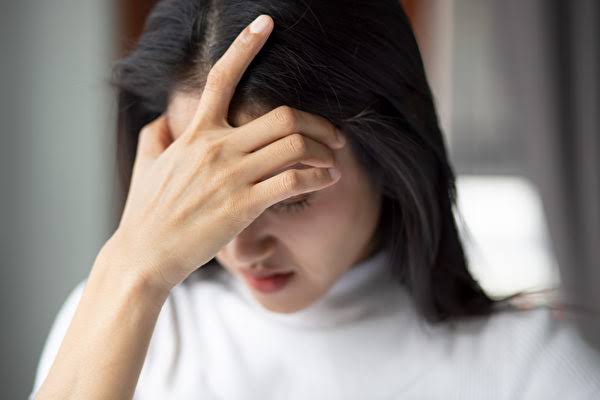
One of the most devastating impacts of migraine disease is how it can affect our ability to work. Many people, particularly those with chronic migraine, are unable to work or have to reduce the amount of work they do. ¹ In the 2022 Migraine in Aotearoa New Zealand Survey, respondents were asked about the impact of migraine on work, with those who were not currently working asked to imagine trying to work with their current migraine condition.
Only 16.6% reported no work-related difficulties. A third said they worked full-time but were not working at their best. This is known as ‘presenteeism’ where people stay at work even when they are unwell but they can’t be as productive as they normally would be.
One of the most devastating impacts of migraine disease is how it can affect our ability to work. Many people, particularly those with chronic migraine, are unable to work or have to reduce the amount of work they do. ¹ In the 2022 Migraine in Aotearoa New Zealand Survey, respondents were asked about the impact of migraine on work, with those who were not currently working asked to imagine trying to work with their current migraine condition.
Only 16.6% reported no work-related difficulties. A third said they worked full-time but were not working at their best. This is known as ‘presenteeism’ where people stay at work even when they are unwell but they can’t be as productive as they normally would be.
People with migraine tend to be fairly tough, having to deal with high levels of pain and disability on a frequent but unpredictable basis. They often prioritise work, even sacrificing time with family and social activities to make up for work time lost because of migraine. But it can be hard to talk about migraine at work and ask for support. We may risk being penalised, lose opportunities or even lose our jobs.
What is migraine?
A migraine is a headache that can cause severe throbbing pain or a pulsing sensation, usually on one side of the head. It’s often accompanied by nausea, vomiting, and extreme sensitivity to light and sound. Migraine attacks can last for hours to days, and the pain can be so bad that it interferes with your daily activities.
For some people, a warning symptom known as an aura occurs before or with the headache. An aura can include visual disturbances, such as flashes of light or blind spots, or other disturbances, such as tingling on one side of the face or in an arm or leg and difficulty speaking.
Symptoms
Migraines, which affect children and teenagers as well as adults, can progress through four stages: prodrome, aura, attack and post-drome. Not everyone who has migraines goes through all stages.
Prodrome
One or two days before a migraine, you might notice subtle changes that warn of an upcoming migraine, including:
- Constipation.
- Mood changes, from depression to euphoria.
- Food cravings.
- Neck stiffness.
- Increased urination.
- Fluid retention.
- Frequent yawning.
Aura
For some people, an aura might occur before or during migraines. Auras are reversible symptoms of the nervous system. They’re usually visual but can also include other disturbances. Each symptom usually begins gradually, builds up over several minutes and can last up to 60 minutes.
Examples of migraine auras include:
- Visual phenomena, such as seeing various shapes, bright spots or flashes of light.
- Vision loss.
- Pins and needles sensations in an arm or leg.
- Weakness or numbness in the face or one side of the body.
- Difficulty speaking.
Attack
A migraine usually lasts from 4 to 72 hours if untreated. How often migraines occur varies from person to person. Migraines might occur rarely or strike several times a month.
During a migraine, you might have:
- Pain usually on one side of your head, but often on both sides.
- Pain that throbs or pulses.
- Sensitivity to light, sound, and sometimes smell and touch.
- Nausea and vomiting.
Post-drome
- After a migraine attack, you might feel drained, confused and washed out for up to a day. Some people report feeling elated. Sudden head movement might bring on the pain again briefly.
Triggers
Foods, substances, smells, sounds or other environmental factors or circumstances can trigger the start of a migraine, typically within hours or days.
The most common triggers include:
- Stress or anxiety.
- Hormone changes related to menstruation.
- Hunger or dehydration.
- Barometric pressure changes (such as those that happen with weather changes).
- Sleeping too much or not enough.
- Certain scents, fragrances or odors.
- Certain foods or food additives (aged cheeses, red wines, chocolate and aged or preserved meats are some of the most common examples).
- Light (certain types of lighting, or an intense reflection or glare off a reflective surface — even for a fraction of a second — pointed directly at one or both eyes can trigger a migraine).
- Caffeine (especially having too much or less than your usual amount).
- Certain sounds, especially low-frequency sounds like jackhammering or high-frequency sounds like power tools.
- Frequent headache medication use (these are known as medication overuse headaches or “rebound” headaches).
Treatment
Migraine treatment is aimed at stopping symptoms and preventing future attacks.
Many medications have been designed to treat migraines. Medications used to combat migraines fall into two broad categories:
- Pain-relieving medications. Also known as acute or abortive treatment, these types of drugs are taken during migraine attacks and are designed to stop symptoms.
- Preventive medications. These types of drugs are taken regularly, often daily, to reduce the severity or frequency of migraines.
Your treatment choices depend on the frequency and severity of your headaches, whether you have nausea and vomiting with your headaches, how disabling your headaches are, and other medical conditions you have.
Alternative medicine
Nontraditional therapies might help with chronic migraine pain.
- Acupuncture. Clinical trials have found that acupuncture may be helpful for headache pain. In this treatment, a practitioner inserts many thin, disposable needles into several areas of your skin at defined points.
- Biofeedback. Biofeedback appears to be effective in relieving migraine pain. This relaxation technique uses special equipment to teach you how to monitor and control certain physical responses related to stress, such as muscle tension.
- Cognitive behavioral therapy. Cognitive behavioral therapy may benefit some people with migraines. This type of psychotherapy teaches you how behaviors and thoughts affect how you perceive pain.
- Meditation and yoga. Meditation may relieve stress, which is a known trigger of migraines. Done on a regular basis, yoga may reduce the frequency and duration of migraines.
- Herbs, vitamins and minerals. There is some evidence that the herbs feverfew and butterbur might prevent migraines or reduce their severity, though study results are mixed. Butterbur isn’t recommended because of safety concerns.
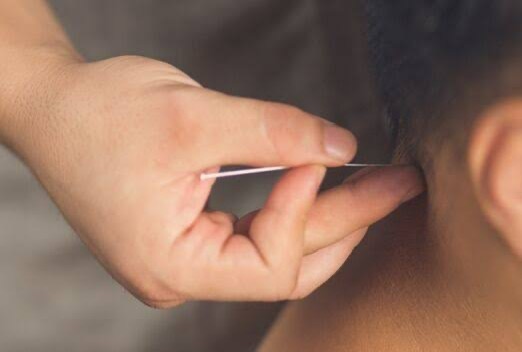
Acupuncture is an ancient and effective method of Chinese medicine, which is widely used in the treatment of various diseases. Among them, acupuncture for migraine has been proven in many clinical practices. In this article, we will introduce in detail how acupuncture treats migraine and provide some practical suggestions.
Acupuncture for migraine relieves pain mainly by adjusting the body’s qi and blood circulation and balancing the body’s imbalanced state of yin and yang. Specifically, acupuncture can stimulate acupoints, promote blood circulation, improve local oxygen supply and reduce inflammatory reactions, thus relieving headache symptoms.
Commonly used acupuncture points
(1) Solar plexus points: Located in the lateral depression of the arch of the eyebrow, pressing or gently rubbing solar plexus points can relieve headaches.
(2) Fengchi point: Located at the back of the neck, under the back of the skull, in the fossa of the outer edge of the two large tendons, level with the earlobe. Pressing or needling Fengchi point can relieve headache and neck discomfort.
- Hegu point: located in the depression between the first and second metacarpal bones on the back of the hand, pressing or needling Hegu point can relieve headache and eye discomfort.
